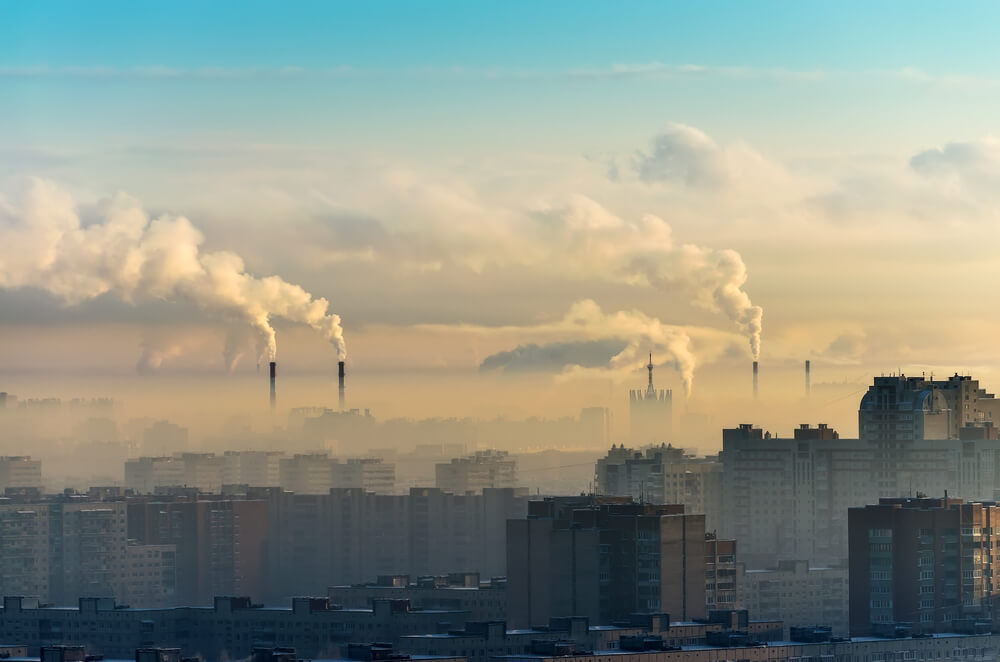⏱️ Read Time: 5–6 minutes
Artificial Intelligence has become the symbol of innovation — powering everything from customer service chatbots to image generators and coding assistants. It promises efficiency, productivity, and even creativity. But behind the seamless interfaces and viral AI-generated content lies a troubling truth: AI is one of the most resource-hungry technologies ever built, and its impact on the environment is already being felt.
Training AI Is a Carbon-Heavy Process
Large language models like GPT or image generators like Midjourney and DALL·E require staggering amounts of computational power to train. A 2019 study from the University of Massachusetts Amherst estimated that training a single AI model — back then smaller than today's giants — could emit as much CO₂ as five cars in their entire lifetime. Today, models are larger, more complex, and trained more frequently. Tech giants race to improve performance, often retraining models from scratch, burning through energy as a hidden cost of progress.
Every Query Has a Carbon Cost
It's not just training — it's using AI, too. Each time you ask ChatGPT a question, generate an image, or auto-edit a video, data centers spin into action. Unlike simple Google searches, AI queries often involve complex GPU clusters running for longer periods. According to research by Hugging Face and Carnegie Mellon University, an average generative AI query can consume up to 10 times more energy than a standard web search. Multiply that by millions of users and you get an invisible, surging demand on global electricity.
Water and Heat: The Other Hidden Costs
Most AI systems are powered by massive data centers that not only consume electricity but also require cooling — often using millions of liters of water per day. In 2023, Microsoft revealed that its water consumption increased by 34% in just one year, largely due to AI development. In regions already facing drought, this is raising ethical and ecological concerns. Meanwhile, the heat output of these facilities often leads to local temperature changes, putting pressure on nearby ecosystems.
The Illusion of "Green AI"
Some companies claim their data centers are powered by renewable energy — and while this is partly true, it doesn't tell the full story. Clean energy is limited, and AI's growing appetite may end up crowding out other essential sectors like hospitals or public infrastructure. Worse, carbon offsets and "greenwashing" tactics are being used to disguise the full environmental toll, delaying stricter regulation and public scrutiny.
Innovation Without Limits Has a Price
AI is here to stay, and its benefits can't be denied — from medical breakthroughs to productivity boosts. But unchecked growth comes at a cost. With climate change accelerating, it's no longer enough to be impressed by AI's capabilities; we must also demand accountability from those who build and profit from it. Energy-efficient model development, transparent emissions reporting, and regulation on resource use should no longer be optional.
Conclusion
AI isn't just reshaping industries — it's reshaping our planet's resource consumption. If we don't address the environmental consequences of artificial intelligence now, we risk solving digital problems by creating physical ones. The question is no longer whether AI can do more — but whether it can do better.



